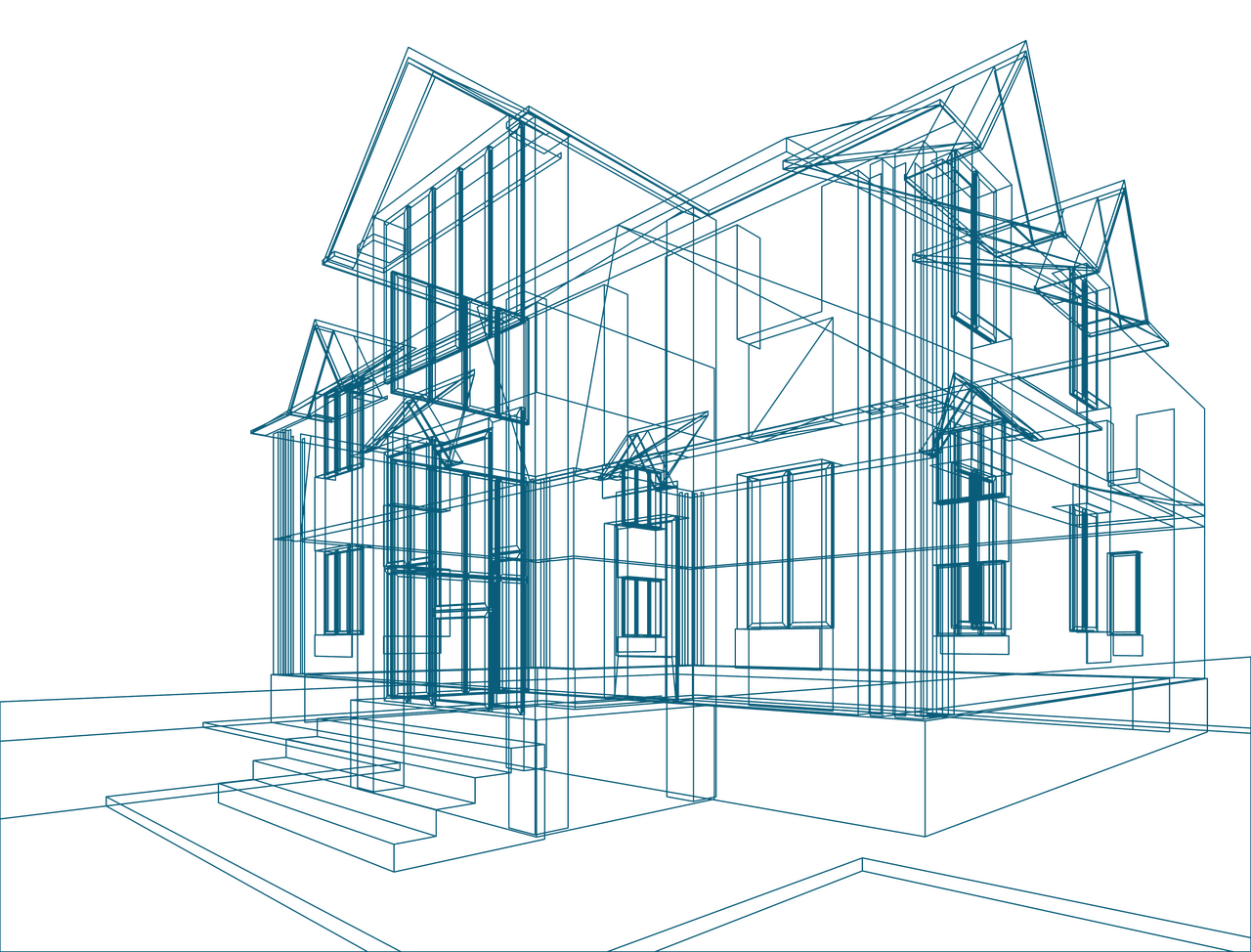

Market report
European Paint outlook for 2026
Explore the European paint and construction markets outlook through 2026. Gain insights into trends, forecasts, and opportunities shaping the industry
News I published 11 June 2025 I Dirk Hoogenboom
European Paint and Construction Markets Outlook Through 2026
2024 was a tough year for European construction and paint. New builds slowed down, held back by high interest rates, rising costs for materials and labor, and political uncertainties. Germany, Europe’s largest market, is particularly weak and isn’t expected to improve through 2026.
Renovations Are Holding Things Together
New construction is down, but renovation work is steady. Across Europe, homeowners are still investing in decorating and repair projects. Spain and France are showing solid growth in small decorative projects, and Italy’s home improvement spending is expected to rise by over 20% next year.
Signs of Recovery in 2025 and 2026
We expect modest growth driven by:
- lower interest rates
- more government spending on infrastructure
- backlog in social housing projects
- falling material prices
DIY and DIFM projects are also set to grow, especially among younger consumers aged 18 to 34.
Painters See More Work, But Confidence Is Mixed
More painters report increased workloads than last year — 33% in Poland, 27% in Spain. But confidence isn’t universal. Germany is still seeing declines, and Polish painters are unsure about the future.
Market Outlook
The paint market overall is stable but uneven. Growth opportunities are mainly in coatings, specialty paints and timber products. The labor shortage is pushing more DIY, putting extra pressure on painter availability.
Bottom Line
The construction and paint markets in Europe will see slow but steady improvement, mostly in renovations and DIFM work. However, labor shortages and structural challenges will continue to hold back growth in key regions. The industry needs to focus on building the workforce, innovating prefab solutions, and adapting to the growing DIY and DIFM trends.





